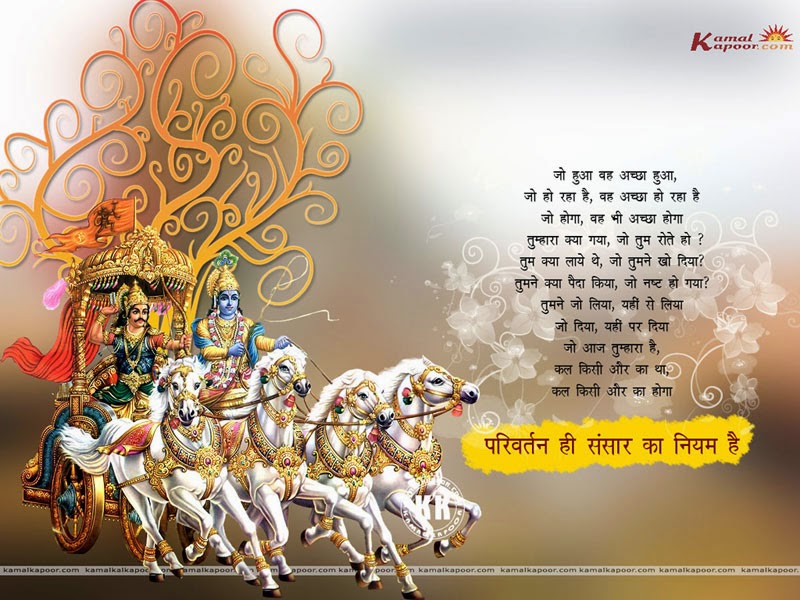Srimad Bhagavad Gita : Chapter-13. Slokam-34.

Srimad Bhagavad-Gita : Chapter-13. ( Kshetra-kshetrajna-vibhaga-yogam) Slokam-34. ( Very important slokam ) "yatha prakasayatyekah kstsnam lokamimam ravih, kshetram kshetri tatha krtsnam prakasayati bharata." *( O Arjuna, as the sun alone illuminates all this universe, so does the living entity, one within the body, illuminate the entire body by consciousness. ) bharata ekah ravih = O Arjuna, the one only Sun; kstsnam imam lokam = this whole world completely; yatha prakasayati, tatha = illuminates, likewise; kshetri krtsnam kshetram prakasayati = the atma illuminates all bodies. Discussion : It may be even further postulated that paramatma the all pervading Supreme Soul may be existing eq...












